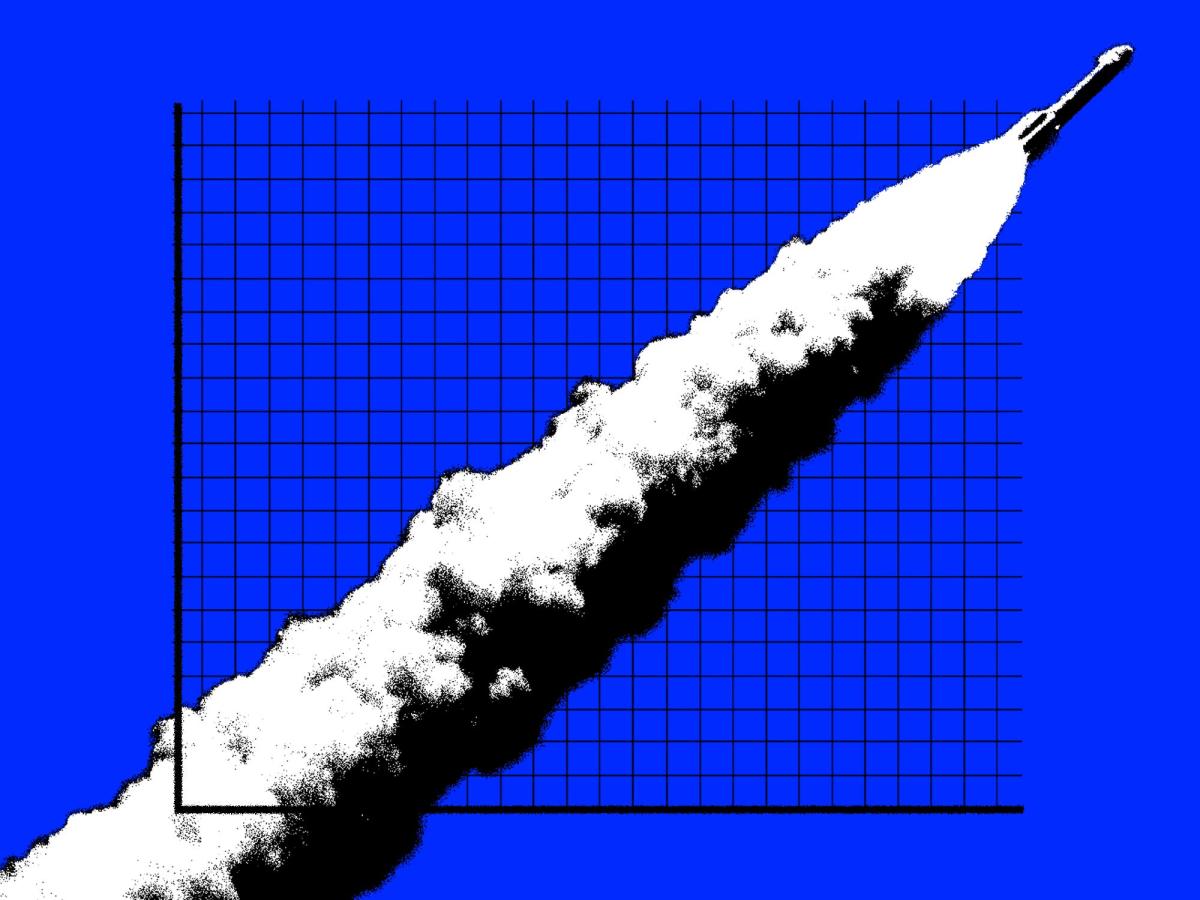


AI stocks surged after the Federal Reserve’s 50 basis point rate cut.
The Nasdaq 100 jumped nearly 3% on Thursday, with Nvidia, Broadcom, and ASML shares rising about 5%.
Analyst Dan Ives sees the Fed’s move as a bullish signal for tech growth into 2025.
The stock market’s artificial intelligence trade boomed on Thursday, a day after the Federal Reserve issued a jumbo interest rate cut of 50 basis points.
The tech-heavy Nasdaq 100 soared nearly 3% on Thursday, while the underlying AI trade saw even bigger gains.
Shares of Nvidia, Broadcom, and ASML — companies seen as integral to the infrastructure underpinning AI — surged about 5%.
Investors in the stock market’s AI trade can thank Fed chairman Jerome Powell for Thursday’s risk-on surge in tech, according to Wedbush analyst Dan Ives.
“The Fed finally ripped the band-aid off and cut 50 bps with a dovish dot plot into 2025 and that we view as a very bullish backdrop for the Big Tech and AI Revolution risk-on trade into 2025,” Ives said in a note on Thursday.
Ives said the Fed’s rate cut was the “missing piece in the puzzle” to signal that the “green light is back on for the tech growth trade into year-end and 2025.”
Ives has been encouraged by resilient earnings growth from the technology sector and said excitement has room to grow as software companies begin to monetize AI in their customer offerings, and as the GPU buying frenzy continues.
“Our time spent in Asia over the past few weeks gives us further confidence that the tech supply chain is gearing up for an unprecedented period of growth being driven by the roughly $1 trillion of AI capex we estimate is on the horizon the next few years for the tech world,” Ives said, adding that he believes its only 9 pm in the AI party that will last until 4 am.
Ives said that while the AI trade has mainly been focused on Nvidia and Microsoft, other companies are starting to join in on the fun.
“Now we are seeing many other tech stalwarts join the AI party including Oracle, ServiceNow, Palantir, Salesforce, Dell, IBM, APple, AMD among others,” Ives said.
The combination of a dovish Fed that should deliver more interest rate cuts, the growing chances of a soft economic landing, and the ongoing surge in tech spending on AI technologies means there’s a lot of runway left for the AI trade to move higher, according to Ives.
“This ultimately speaks to our view this is a 1995 (almost 1996) start of the Internet Moment and not a 1999 Tech Bubble-like moment,” Ives said.
Read the original article on Business Insider